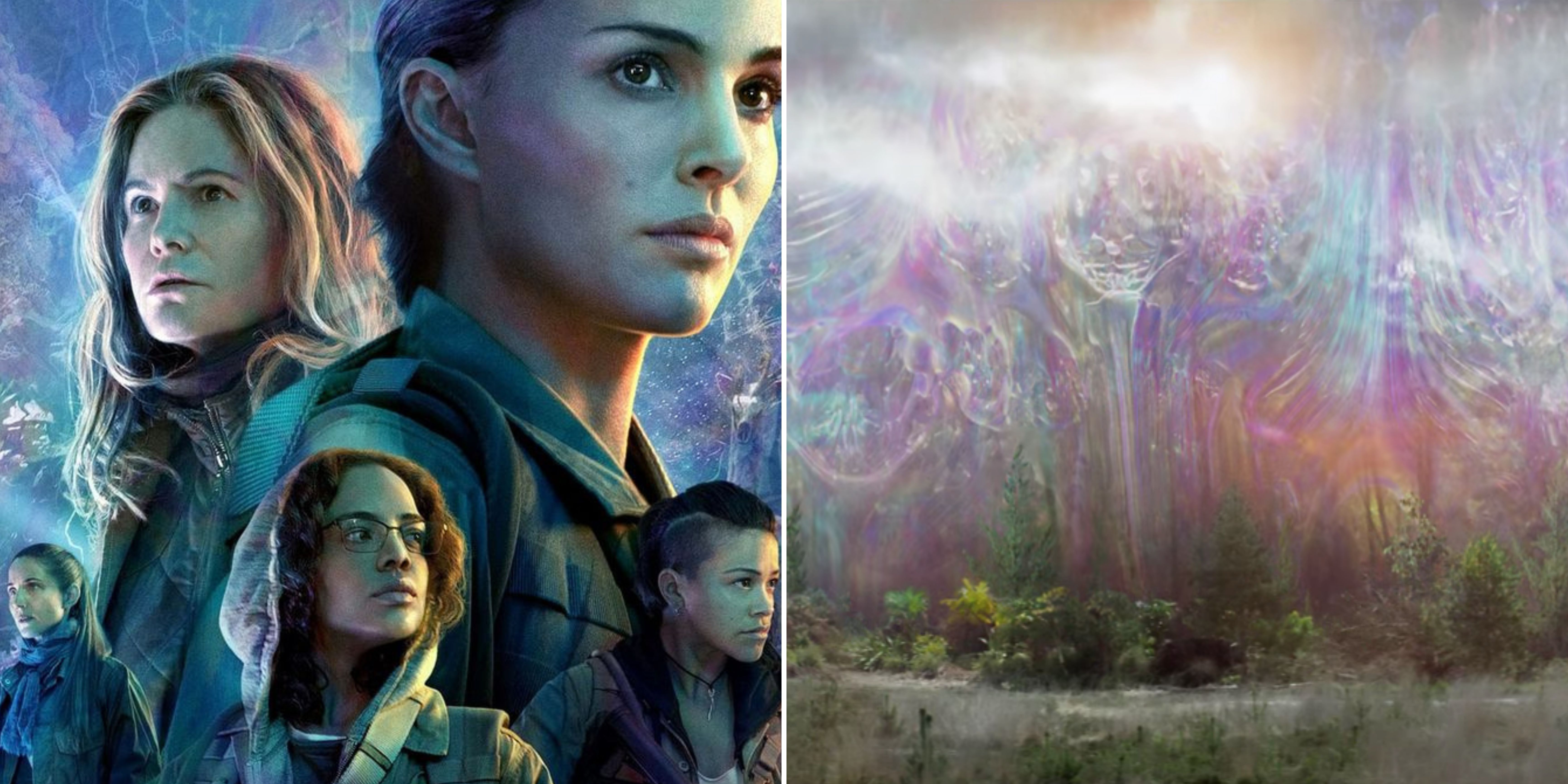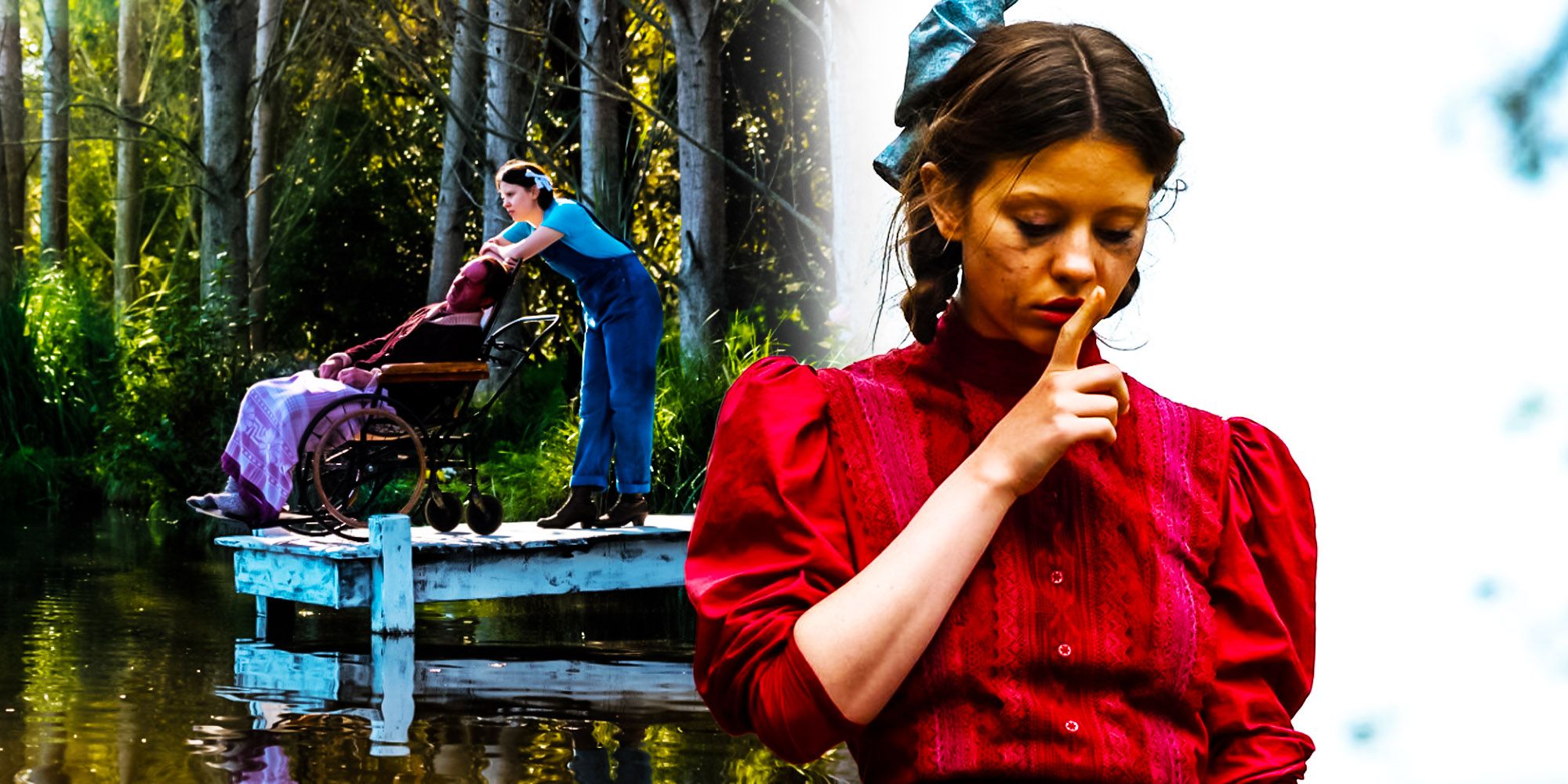For many who have delved into the epic tales of exploration, the name Ferdinand Magellan conjures images of daring voyages, uncharted waters, and a pivotal moment in human history. Yet, when it comes to cinematic adaptations, a common question arises: how does a "Magellan movie ending explained" truly capture the dramatic and often tragic conclusion of his ambitious journey? Movies based on historical figures often grapple with the challenge of balancing factual accuracy with compelling storytelling, and Magellan's final chapter is no exception. This article aims to unravel the intricacies of how a film might depict the culmination of his legendary expedition, shedding light on the historical events that shape its dramatic conclusion.
The allure of Magellan's story lies not just in the audacious goal of circumnavigating the globe, but in the human drama, the mutinies, the starvation, and the ultimate sacrifice that marked his path. Understanding the historical context is crucial to appreciating any cinematic portrayal, especially its ending. We'll explore the key events leading up to the expedition's climax, the fateful encounter in the Philippines, and the legacy that continued long after Magellan's personal journey concluded.
Table of Contents
- The Man Behind the Myth: Ferdinand Magellan's Journey
- A Glimpse into Magellan's Personal World
- Setting the Stage: The Voyage's Perilous Path
- The Climax: The Battle of Mactan
- The Aftermath: Elcano's Triumph and the First Circumnavigation
- Cinematic Interpretations: How Movies Portray the Ending
- The Enduring Legacy: More Than Just an Ending
- Beyond the Screen: Historical Accuracy vs. Dramatic License
The Man Behind the Myth: Ferdinand Magellan's Journey
Ferdinand Magellan, born Fernão de Magalhães around 1480 in Portugal, was a seasoned mariner and explorer whose early experiences in the Portuguese navy, particularly in India and the Spice Islands, fueled his ambition. He was deeply influenced by the burgeoning age of exploration and the quest for new trade routes. His grand vision, however, was not embraced by the Portuguese crown, leading him to offer his services to Spain, Portugal's rival in maritime dominance. This political backdrop is often a crucial element in any "Magellan movie ending explained," setting the stage for the immense pressures and stakes involved in his expedition.
- Aditi Mistry Nude Viral Videos
- Aditi Mistri Nude Vedio
- Brett Baty Girlfriend
- Lia Engel Onlyfans
- Ari Fletcher Leaked
Early Life and Ambition
Magellan's early life was steeped in the maritime traditions of Portugal. He served in various campaigns in the East, gaining invaluable experience in navigation, warfare, and the complexities of distant lands. His participation in the conquest of Malacca and his subsequent travels exposed him to the immense wealth generated by the spice trade, particularly from the Moluccas (Spice Islands). This firsthand knowledge ignited his belief in a western route to these coveted islands, a route that would avoid the Portuguese-controlled paths around Africa. His ambition was not merely for personal glory but for the strategic advantage it would give the nation that sponsored such a discovery. This personal drive and strategic foresight are often highlighted in films, building the character that would lead such a perilous journey.
The Grand Design: Circumnavigating the Globe
Magellan's proposal to King Charles I of Spain (later Emperor Charles V) was audacious: to find a western passage through the Americas to the Spice Islands, thereby proving the Earth was round and potentially claiming new territories for Spain. This was not initially conceived as a circumnavigation, but rather a direct route to the East. The concept of circumnavigation evolved as a consequence of the journey's challenges and the need to return to Spain. The expedition, consisting of five ships – the Trinidad, San Antonio, Concepción, Victoria, and Santiago – and a crew of about 270 men, set sail from Seville in August 1519. The sheer scale of this undertaking, the unknown dangers, and the diverse crew (many of whom were skeptical or even hostile) provide rich material for cinematic tension, all building towards the inevitable "Magellan movie ending explained" that viewers anticipate.
A Glimpse into Magellan's Personal World
To fully grasp the narrative of a "Magellan movie ending explained," it's beneficial to understand the man himself, beyond just his historical achievements. While specific personal details are scarce, the broad strokes of his life are integral to his portrayal on screen.
| Attribute | Detail |
|---|---|
| Full Name | Fernão de Magalhães (Portuguese), Fernando de Magallanes (Spanish) |
| Born | c. 1480, Sabrosa or Porto, Kingdom of Portugal |
| Died | April 27, 1521, Mactan, Philippines |
| Nationality | Portuguese (served Spain) |
| Known For | Leading the first expedition to circumnavigate the Earth (though he died en route) |
| Spouse | Maria Caldera Beatriz Barbosa |
| Children | Rodrigo de Magalhães, Carlos de Magalhães (both died young) |
| Notable Voyages | Portuguese India Armadas, Circumnavigation Expedition |
Setting the Stage: The Voyage's Perilous Path
The journey itself was a testament to human endurance and the brutal realities of 16th-century seafaring. Before reaching the Philippines, Magellan's fleet faced numerous hardships that would test the resolve of any crew and provide ample dramatic fodder for a film. These challenges include:
- Mutiny: Shortly after reaching Patagonia in South America, a major mutiny erupted, led by Spanish captains who resented Magellan's Portuguese command. Magellan ruthlessly suppressed it, executing some leaders and marooning others. This event highlights his iron will and leadership style, crucial for understanding the dynamics of the crew as the voyage progresses.
- The Strait of Magellan: The arduous search for a passage through the American continent was a grueling ordeal. The discovery and navigation of the treacherous strait, now bearing his name, was a monumental achievement but came at a cost. The Santiago was shipwrecked, and the San Antonio deserted, returning to Spain. By the time they emerged into the Pacific, only three ships remained.
- The Pacific Crossing: The crossing of the vast Pacific Ocean was perhaps the most brutal segment of the journey. For 99 days, the crew endured unimaginable suffering from starvation, scurvy, and thirst. They ate sawdust, leather, and rats to survive. This period of extreme deprivation is often depicted with harrowing realism in films, building the tension and desperation that precedes the arrival in the Spice Islands, or in Magellan's case, the Philippines.
These trials and tribulations are not mere footnotes; they are integral to the narrative arc of any "Magellan movie ending explained." They shape the characters, thin the ranks, and build the sense of weary determination that defines the expedition as it approaches its fateful climax.
The Climax: The Battle of Mactan
The historical "Magellan movie ending explained" centers around the events in the Philippines, specifically the Battle of Mactan. After enduring the horrors of the Pacific, the fleet finally reached the Marianas and then the archipelago that Magellan named the Philippines. Here, they found respite, food, and initial success in converting local chieftains to Christianity, most notably Rajah Humabon of Cebu.
However, Magellan's zeal to convert and consolidate Spanish influence led him to intervene in a local dispute. Lapu-Lapu, a chieftain on the neighboring island of Mactan, refused to submit to Humabon or the Spanish crown. Driven by a mix of religious fervor, a desire to demonstrate Spanish power, and perhaps a misjudgment of the local resistance, Magellan decided to lead a small force to confront Lapu-Lapu.
On April 27, 1521, Magellan, with only about 49 heavily armed men, confronted Lapu-Lapu's forces, estimated to be over 1,500 warriors. The battle was a disaster for the Europeans. The shallow waters prevented the ships' cannons from being effective, and the Spanish armor proved cumbersome against the agile, determined Mactanese warriors armed with spears, bolos, and arrows. Magellan, leading from the front, was wounded multiple times and eventually overwhelmed and killed by the natives. His body was never recovered.
This tragic and dramatic confrontation is the definitive "Magellan movie ending explained." It's a scene ripe with cinematic potential: the clash of cultures, the overconfidence of the Europeans, the fierce defense of the indigenous people, and the brutal, personal demise of the expedition's leader. Films often emphasize the irony of Magellan surviving the vast oceans only to fall in a seemingly minor skirmish, a testament to the unpredictable nature of exploration and conflict.
The Aftermath: Elcano's Triumph and the First Circumnavigation
Magellan's death left the expedition in disarray. The remaining crew, demoralized and significantly reduced in number, quickly fled Mactan. The aftermath was almost as perilous as the journey itself. Many more men were lost in a subsequent massacre in Cebu, and the Concepción was burned due to a lack of crew to man her. Only two ships, the Trinidad and the Victoria, remained.
Juan Sebastián Elcano, one of the Spanish captains who had initially participated in the mutiny but was later pardoned, took command of the Victoria. The Trinidad, riddled with leaks, attempted to return across the Pacific but eventually failed. Elcano, with a crew of just 18 survivors, chose to continue west, navigating the Victoria across the Indian Ocean, around the Cape of Good Hope, and finally back to Spain. On September 6, 1522, the Victoria, laden with spices, limped into Sanlúcar de Barrameda, almost three years after setting sail. This completion of the voyage, though not by Magellan himself, marked the first circumnavigation of the Earth, a monumental achievement that forever changed humanity's understanding of the world.
While Magellan's death provides the dramatic "Magellan movie ending explained" for his personal story, the survival and triumph of Elcano's crew offer a powerful epilogue, demonstrating the enduring spirit of exploration and the ultimate success of the expedition's goal, albeit through immense sacrifice.
Cinematic Interpretations: How Movies Portray the Ending
A "Magellan movie ending explained" on screen typically focuses on the Battle of Mactan as its emotional and narrative climax. Filmmakers often face choices in how to depict this pivotal moment:
- Heroic Sacrifice vs. Tragic Flaw: Some films might portray Magellan's death as a heroic sacrifice for his men or his mission, emphasizing his bravery. Others might highlight his hubris or misjudgment in underestimating the local forces, portraying his death as a consequence of his own flaws.
- Brutal Realism vs. Glorified Combat: The battle itself can be shown with brutal historical realism, emphasizing the chaos and violence of the encounter, or it might be stylized for dramatic effect, perhaps glorifying the explorer's final stand.
- The Indigenous Perspective: Modern interpretations of a "Magellan movie ending explained" are increasingly likely to incorporate the perspective of Lapu-Lapu and the Mactanese people, portraying them not just as antagonists but as defenders of their land and sovereignty. This adds depth and complexity to the narrative, moving beyond a purely Eurocentric viewpoint.
- The Aftermath's Impact: While Magellan's death is the primary focus, a good film will also show the immediate despair and subsequent determination of the remaining crew, setting up Elcano's continuation of the voyage. This ensures the "Magellan movie ending explained" doesn't feel entirely final but rather a transition to the ultimate success of the expedition.
The most impactful cinematic endings manage to convey both the personal tragedy of Magellan's demise and the profound historical significance of his unfinished journey, leaving viewers with a sense of awe for the scale of the endeavor and the human cost involved.
The Enduring Legacy: More Than Just an Ending
The "Magellan movie ending explained" is not just about the death of a man; it's about the birth of a new understanding of the world. Despite his personal failure to complete the circumnavigation, Magellan's expedition achieved several monumental feats:
- Proof of a Spherical Earth: The voyage conclusively proved that the Earth was spherical and could be circumnavigated, fundamentally changing cartography and geographical knowledge.
- Discovery of the Strait: The discovery of the Strait of Magellan opened a vital passage between the Atlantic and Pacific Oceans, though it proved too dangerous for regular use by sailing ships.
- Vastness of the Pacific: The crossing revealed the immense size of the Pacific Ocean, previously underestimated.
- Global Trade Routes: The expedition paved the way for future global trade routes, even if the western route to the Spice Islands proved impractical for Spain at the time.
- Time Zones: The journey also provided the first practical evidence of the need for an international date line, as the survivors found they had lost a day upon returning to Spain.
Magellan's legacy is complex. He is celebrated as a visionary explorer but also criticized for his aggressive proselytization and intervention in local affairs. Any comprehensive "Magellan movie ending explained" should ideally touch upon this duality, acknowledging both his immense contributions to exploration and the darker aspects of his encounter with indigenous cultures. His journey underscored the profound impact of European expansion on the rest of the world, marking a turning point in global history.
Beyond the Screen: Historical Accuracy vs. Dramatic License
When seeking a "Magellan movie ending explained," it's crucial to distinguish between historical fact and cinematic embellishment. Filmmakers often take dramatic license to create a more engaging narrative. This might involve:
- Condensing Timelines: Events that occurred over weeks or months might be compressed into minutes of screen time.
- Fictional Characters or Relationships: While the core historical figures remain, minor characters or romantic subplots might be invented to add emotional depth.
- Exaggerating Conflicts: Internal conflicts among the crew or external battles might be intensified for dramatic effect.
- Altering Dialogue: Actual conversations are rarely recorded, so dialogue is entirely fictionalized to convey character and plot.
For those truly interested in a comprehensive "Magellan movie ending explained," it's always recommended to consult historical sources like the accounts of Antonio Pigafetta, the expedition's chronicler, who provided the most detailed eyewitness testimony of the voyage and Magellan's death. While movies provide an accessible and often visually stunning way to experience history, they are ultimately interpretations. The power of a "Magellan movie ending explained" lies in its ability to spark curiosity, prompting viewers to delve deeper into the rich and complex tapestry of the past.
Conclusion
The story of Ferdinand Magellan's circumnavigation attempt is one of the most compelling sagas in human history, culminating in a dramatic and poignant ending. A "Magellan movie ending explained" typically centers on the fateful Battle of Mactan, where the visionary explorer met his tragic end. This moment, however, is not merely a conclusion but a pivotal point that underscores the immense challenges of exploration, the clash of cultures, and the ultimate triumph of the human spirit through the perseverance of his surviving crew, led by Juan Sebastián Elcano.
Understanding this ending requires appreciating the historical context, the perilous journey that preceded it, and the profound legacy it left behind. While cinematic interpretations may vary in their focus and dramatic license, the core narrative remains a powerful testament to ambition, discovery, and sacrifice. We hope this explanation has provided valuable insight into the complex and compelling final chapter of Magellan's epic voyage. What are your thoughts on how historical films balance accuracy with entertainment? Share your insights in the comments below, or explore other historical articles on our site to continue your journey through the past!
Related Resources:



Detail Author:
- Name : Keshawn Hansen
- Username : dooley.kailyn
- Email : iberge@yahoo.com
- Birthdate : 1973-07-11
- Address : 2732 Everett Turnpike Apt. 049 Port Eveline, VA 85081-9399
- Phone : 1-785-632-0708
- Company : Hodkiewicz, Bosco and Hamill
- Job : Paper Goods Machine Operator
- Bio : Officiis sit in natus. Eos aut molestias quidem molestias magni odio velit iusto. Itaque eligendi maxime harum dolorum perferendis. Omnis rem non neque aut commodi.
Socials
instagram:
- url : https://instagram.com/shyanne.lang
- username : shyanne.lang
- bio : Delectus esse est quo quos. Fuga autem quibusdam corrupti tenetur minus dolor laboriosam.
- followers : 604
- following : 2218
facebook:
- url : https://facebook.com/shyanne4878
- username : shyanne4878
- bio : Natus optio libero quisquam delectus qui occaecati ut qui.
- followers : 118
- following : 455
tiktok:
- url : https://tiktok.com/@shyanne_lang
- username : shyanne_lang
- bio : Sint omnis nam aut dolore. Unde nobis at dicta est ex sunt.
- followers : 3463
- following : 1629
twitter:
- url : https://twitter.com/shyanne_real
- username : shyanne_real
- bio : Excepturi doloremque quibusdam sunt consequatur nobis ullam. Aut sed placeat et. Molestiae et dolor quos blanditiis.
- followers : 2491
- following : 1381
linkedin:
- url : https://linkedin.com/in/shyannelang
- username : shyannelang
- bio : Facere tempora velit aliquid ut.
- followers : 3444
- following : 919